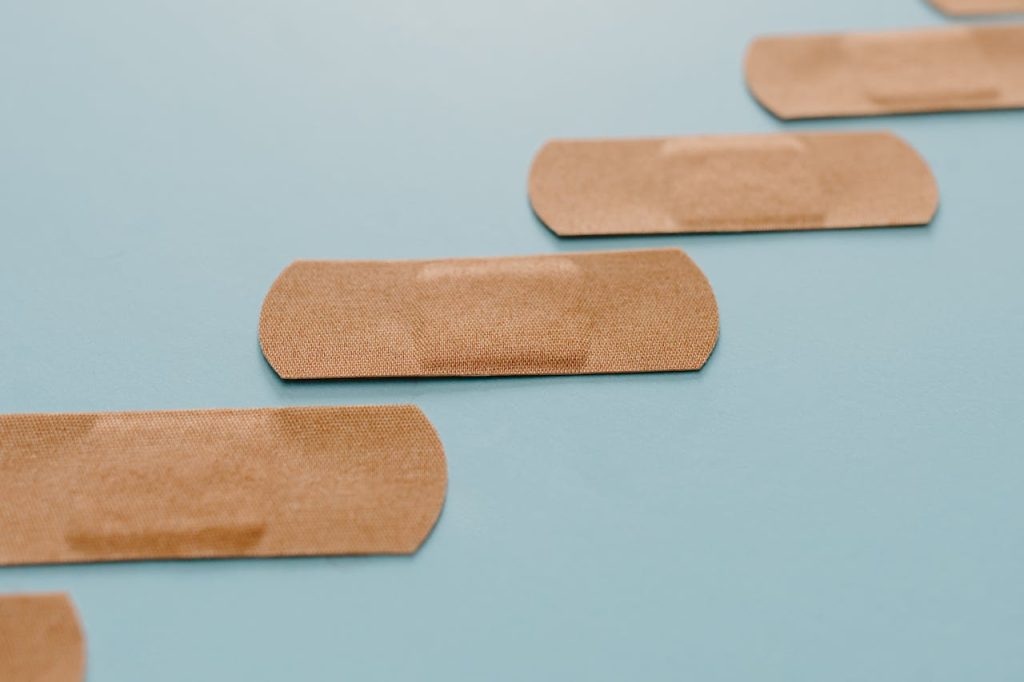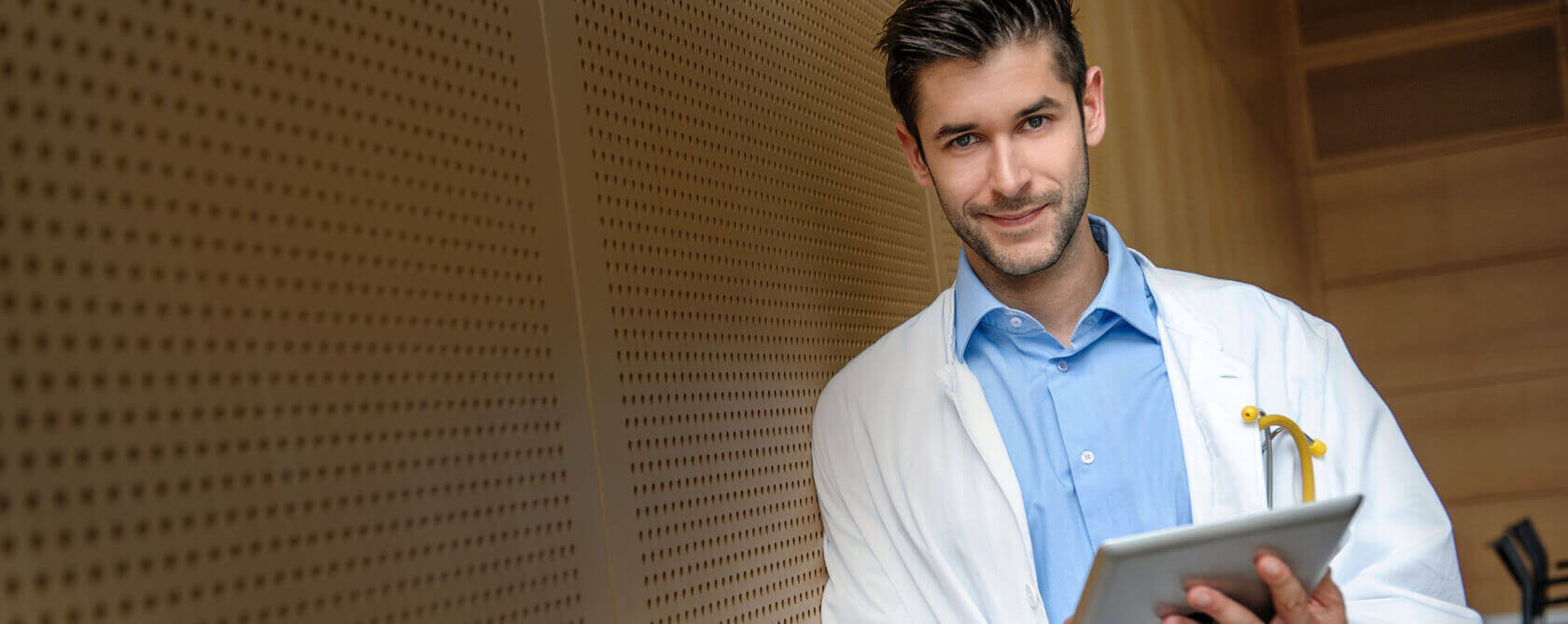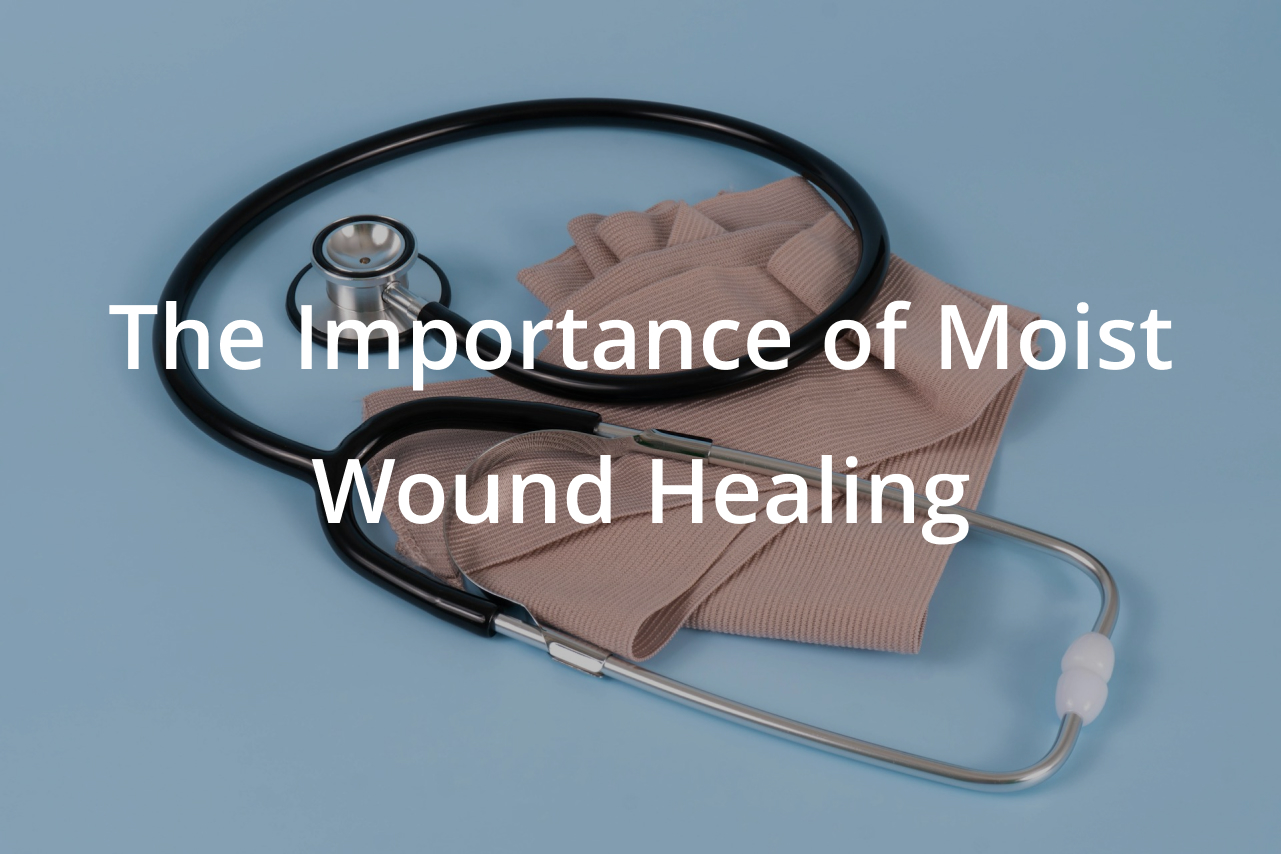
Wound debridement is a critical procedure in the wound healing process, often necessary for wounds that are not healing properly or are at risk of infection. This blog provides insights into the importance of wound debridement, the various techniques employed, and the options available for wound dehiscence treatment.
The Importance of Wound Debridement
Debridement is the process of removing dead, damaged, or infected tissue from a wound to improve the healing potential of the remaining healthy tissue. It is a vital step in wound management because it:
- Reduces the risk of infection: Dead tissue can harbor bacteria, leading to infection.
- Promotes new tissue growth: Removing unhealthy tissue provides a clean slate for the growth of new, healthy tissue. The act of debriding also stimulates tissue proliferation to help fill in the defect.
- Improves effectiveness of other treatments: Debridement can enhance the effectiveness of antibiotics, dressings, and other wound care treatments.
Techniques of Wound Debridement
Several techniques can be used for debridement, each with its own advantages and considerations:
- Surgical Debridement: The most rapid method, surgical debridement involves cutting away dead tissue with scalpel or scissors. It’s often used for large or severe wounds and requires a skilled professional.
- Autolytic Debridement: This method uses the body’s enzymes to break down dead tissue. It’s a slower process, typically achieved with moisture-retaining dressings and is generally less painful.
- Enzymatic Debridement: Special creams or ointments containing enzymes are applied to the wound to dissolve dead tissue. This method can be more selective in targeting only the dead tissue.
- Mechanical Debridement: This involves physically removing dead tissue, often with irrigation, hydrotherapy, or wet-to-dry dressings. It can be painful and may also remove some healthy tissue.
- Biological Debridement: Using medical-grade maggots that consume only dead tissue, this method is very selective but less commonly used due to patient discomfort with the idea.
Managing Wound Dehiscence
Wound dehiscence is a complication where a wound reopens either partially or completely after it has been closed. Treatment options include:
- Immediate Care: Keeping the wound clean and covered until you can see a healthcare provider.
- Secondary Debridement: May be necessary to remove any non-viable tissue that’s preventing healing.
- Re-closure: Depending on the severity and cause of dehiscence, the wound may need to be surgically closed again.
- Negative Pressure Wound Therapy (NPWT): Sometimes used to help wounds heal by reducing the air pressure around the wound.
Conclusion
Wound debridement is a critical component of the healing process, helping to prevent infection and promote the growth of healthy tissue. Understanding the different techniques and when they’re appropriate is crucial for effective wound care. If you’re dealing with a complex or non-healing wound, consult with a healthcare professional to determine the best course of action. For personalized advice and treatment options, including managing wound dehiscence, schedule your consultation with Dr. Som today. With the right care, you can navigate your way to better health and healing.


